Enzo’s first demonstration of dedication and tenacity
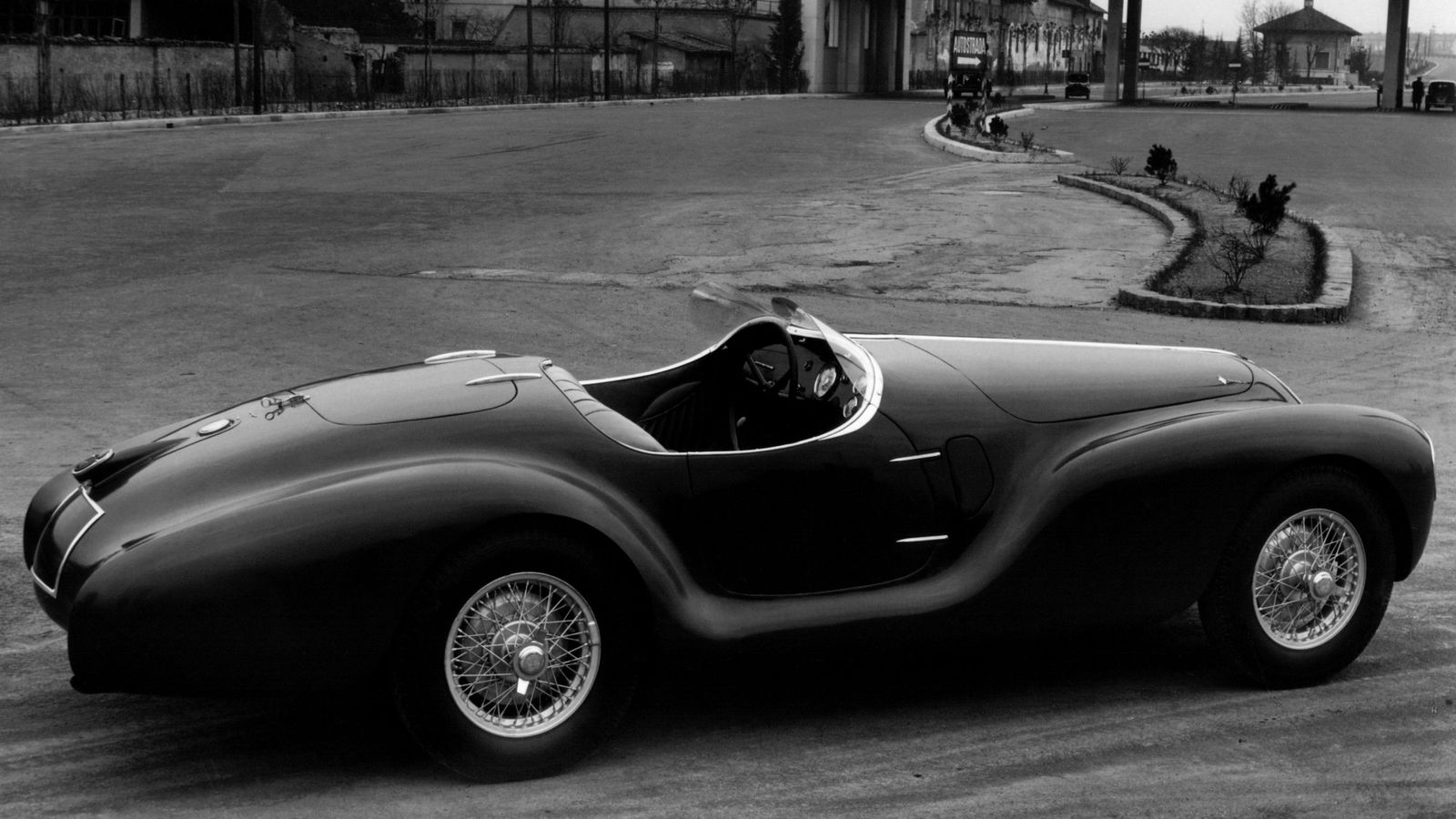

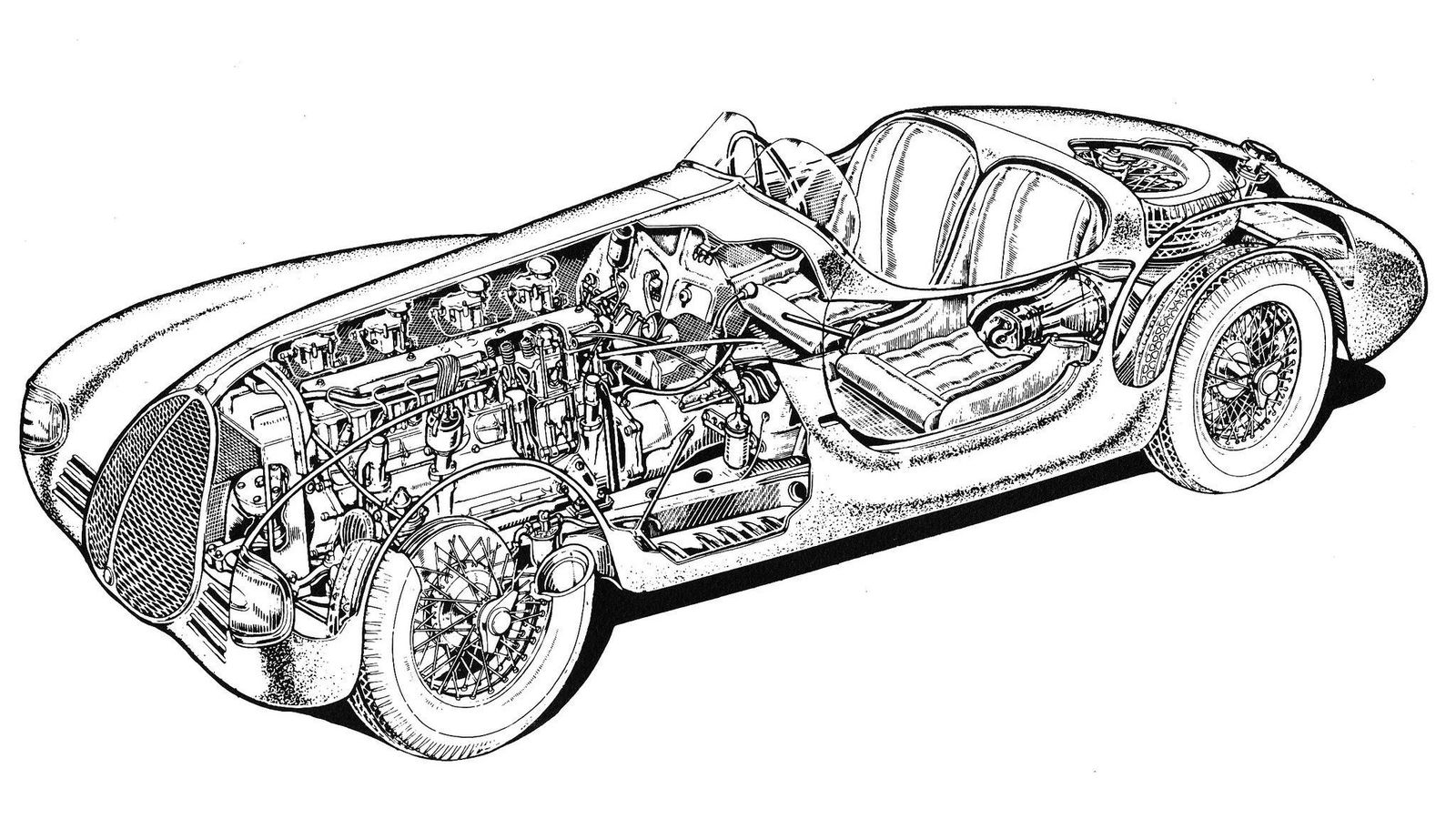
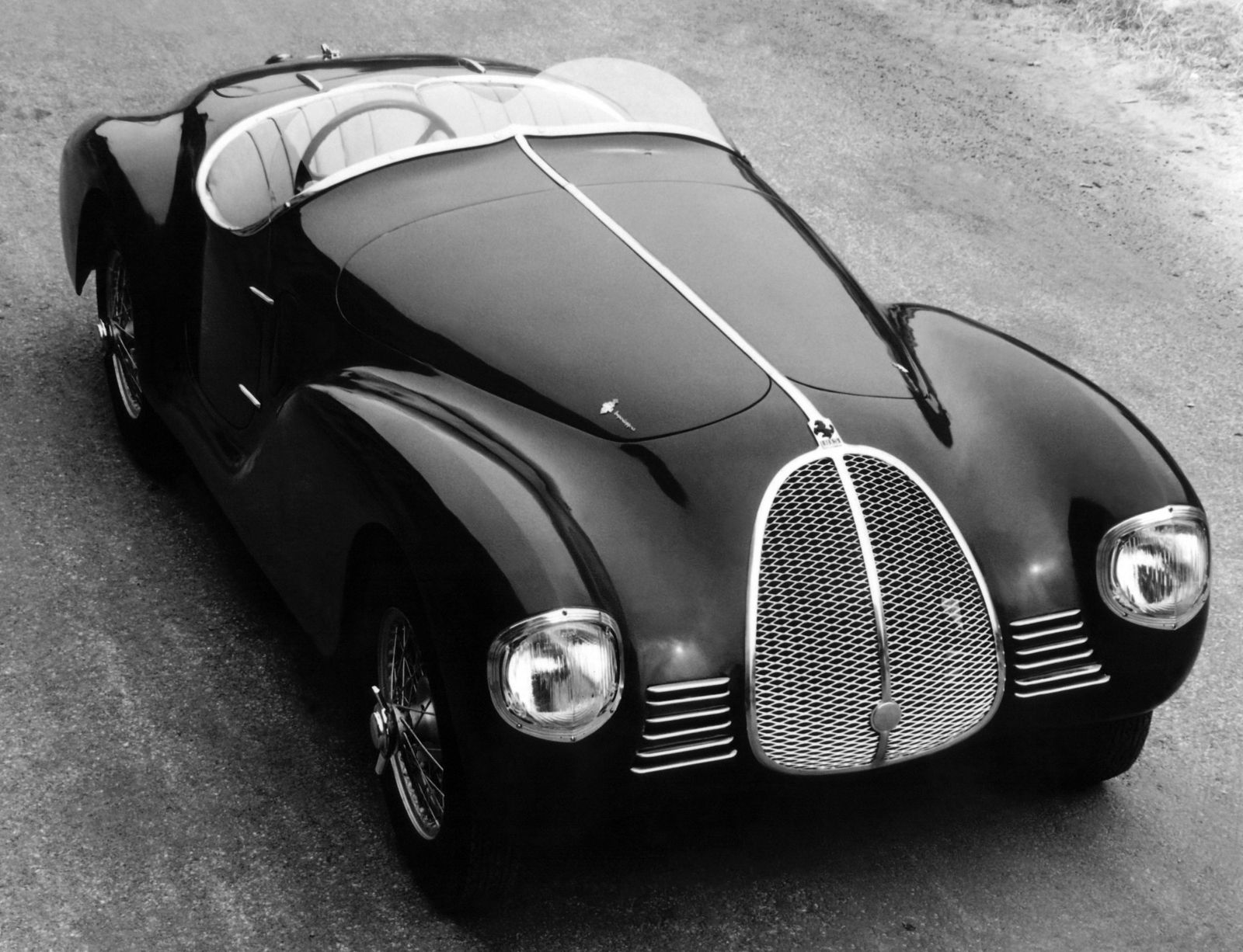
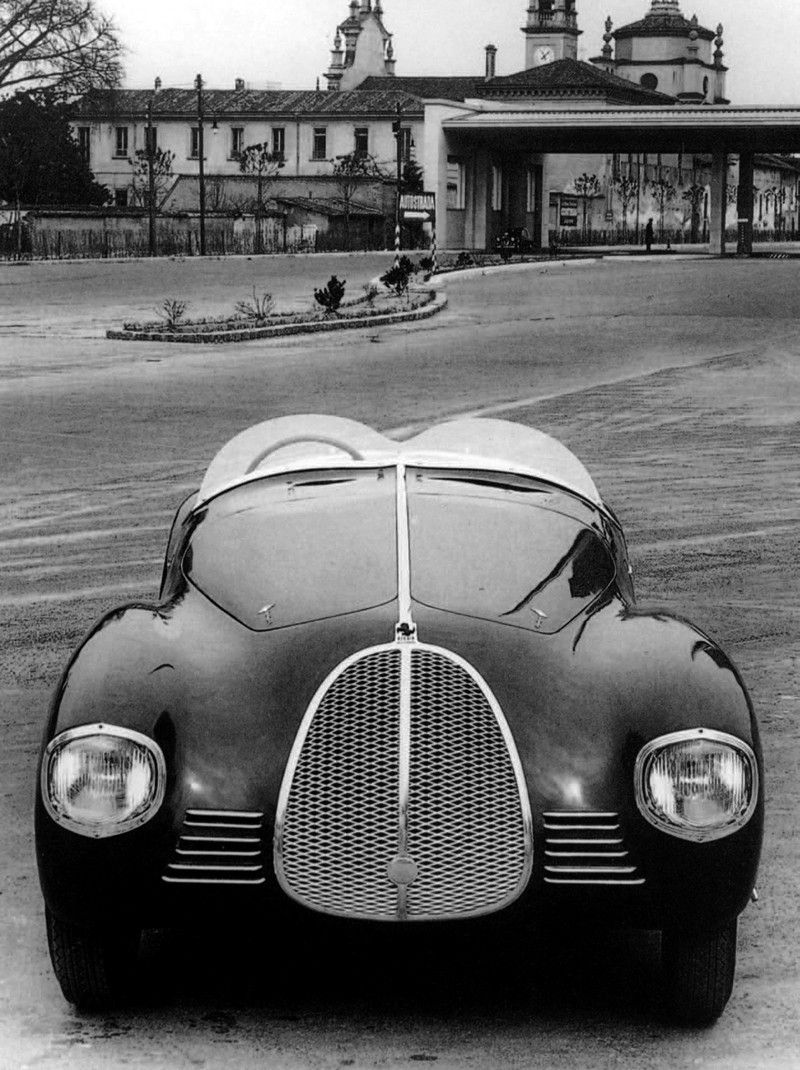

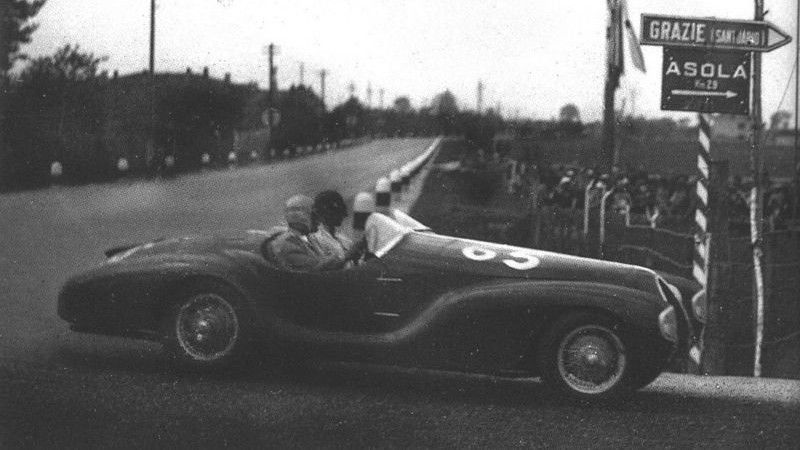
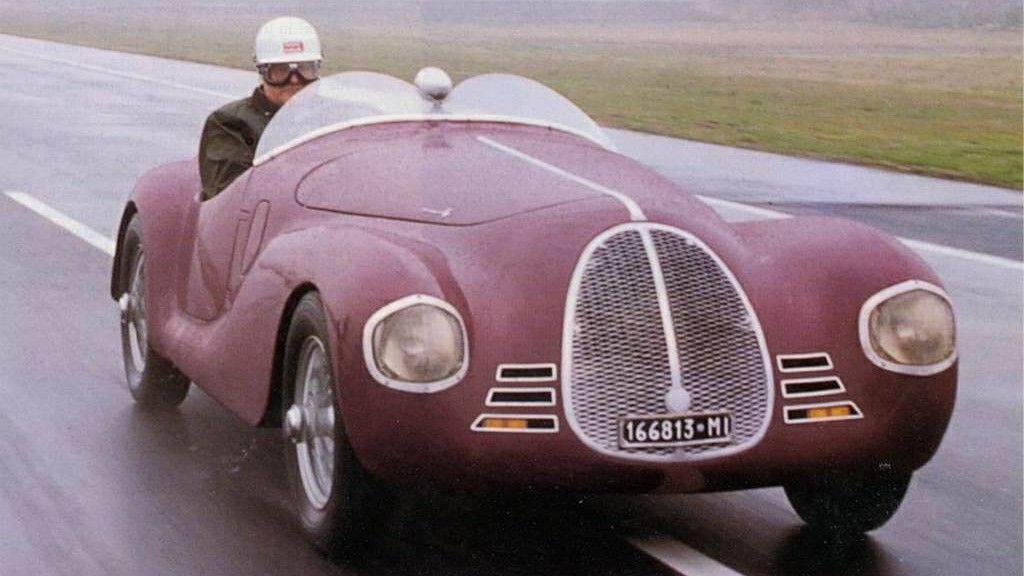
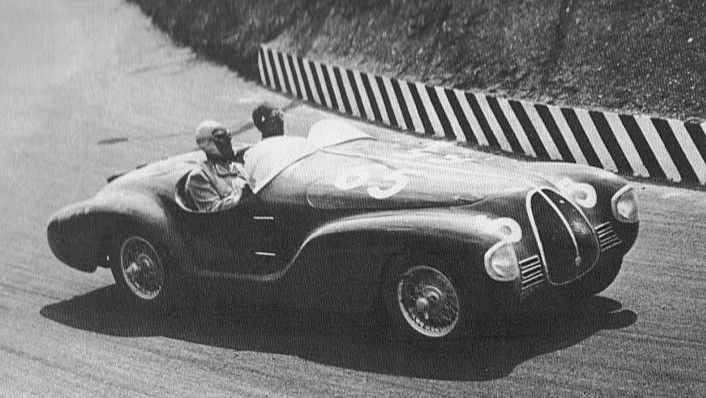
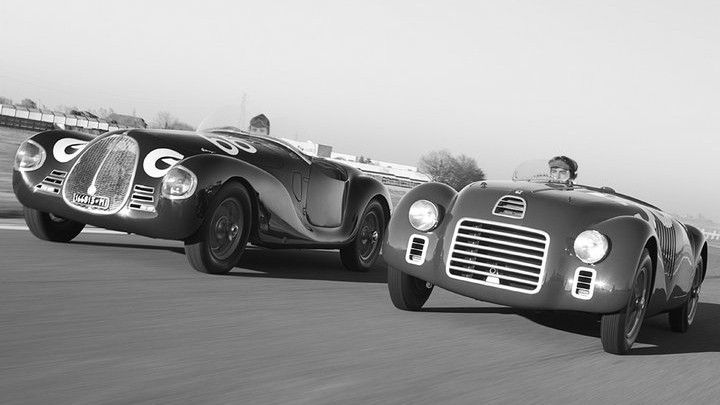
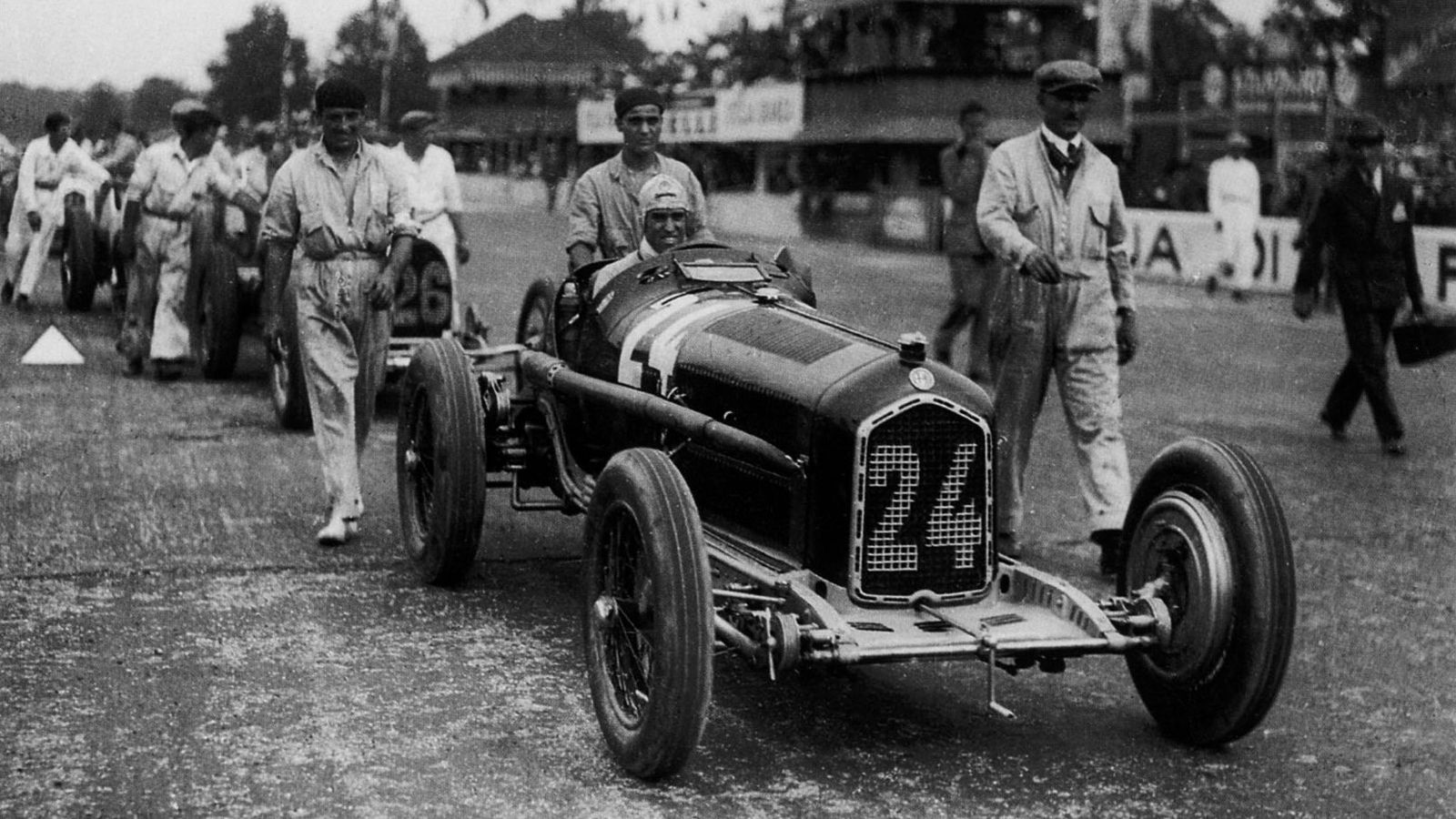
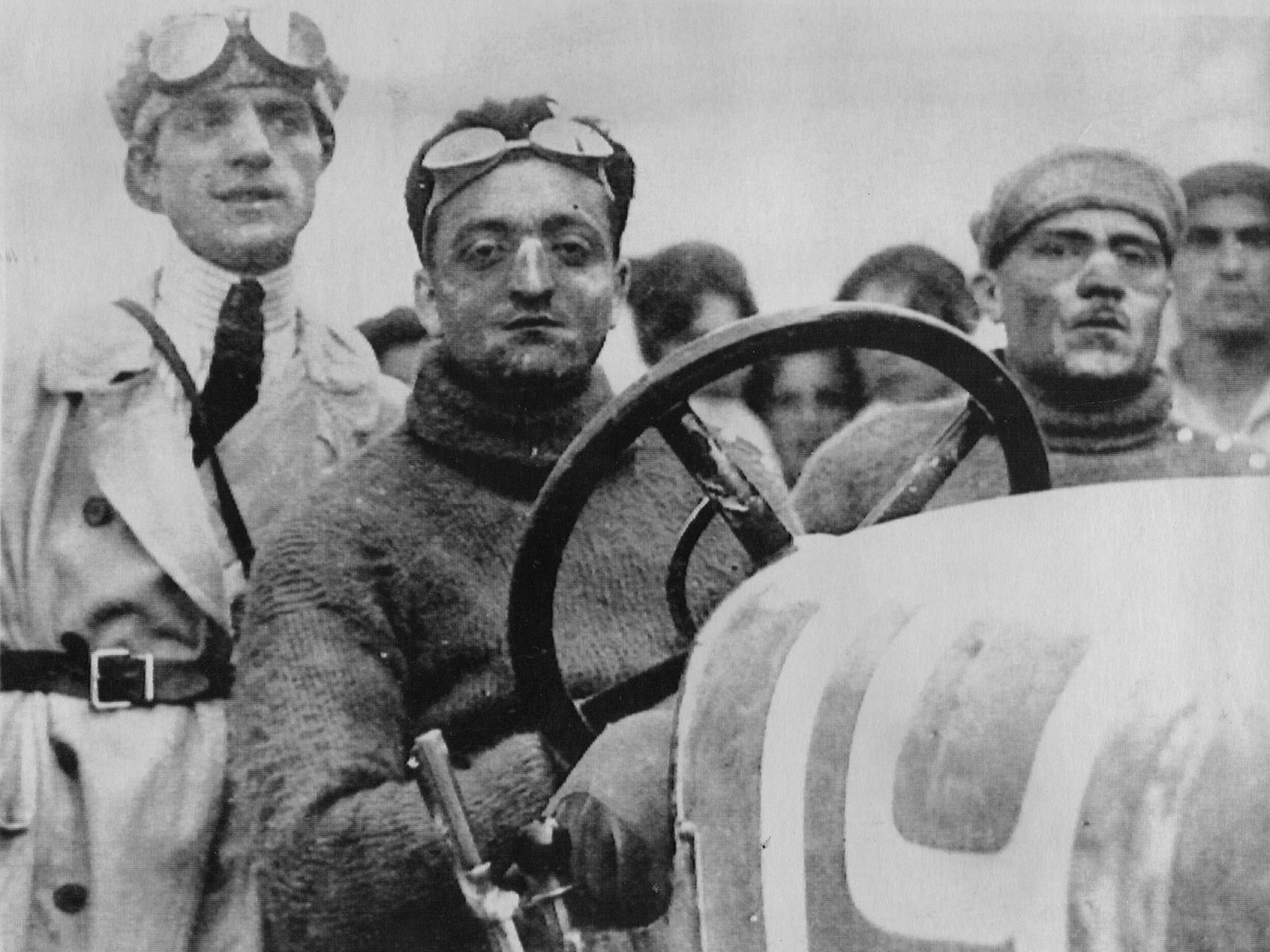
Before Ferrari became the multi-billion brand we know today, there was Scuderia Ferrari, a firm born in 1929 that helped Alfa Romeo’s customers with "racing assistance," in what proved to be a fruitful collaboration.

Scuderia Ferrari provided delivery, mechanical support, and other services a client would require – "racing driver on demand" being included here.
Things were great: having signed great drivers (like Giuseppe Campari and Tazio Nuvolari), in its debut year, the team brought home eight wins (from 22 participations), among other good placings. But as with every great thing in this world, it was prone to end at some point. In Scuderia Ferrari’s case, the mark was the year 1933, when Alfa Romeo announced their withdrawal from racing, due to financial problems.

In a fortunate twist, Pirelli – one of the Alfa Corse suppliers – came in to help, and convinced Alfa Romeo to take Scuderia under its wing, making the SF its racing department. Things were good again, but by now we all know what follows.
In 1937, Enzo Ferrari tried to convince Alfa Romeo to build cars eligible for the 1.5-liter voiturette class; their 3.8-liter straight-eight P3 was great, but couldn’t stand a chance against the Silver Arrows' German invasion.
Speaking of invasion — the European geopolitical status began to hint clearer and clearer to a massive conflict; times were not great.
So what Enzo Ferrari got instead was Alfa’s response to concentrate the racing activity back in-house. This incorporation meant that Ferrari was now placed, as Direttore Sportivo, under Alfa’s engineering director, Wilfredo Ricart. Tension occurred, and Ferrari left the Alfa Corsa house; he was fired.

With a healthy number of loyal staff following him, Enzo starts a new company, Auto Avio Construzioni S.p.A — Under previous contract’s agreement, he could not use his name. Shortly after, he is commissioned by Alberto Ascari and his friend, Marchese Lothario Rangoni Machiavelli di Modena, to build two cars to compete in 1940 Mille Miglia. It was a big, time-pressing challenge: he had only four months to pull the job.

So he started working on the Fiat 508C "Ballila" chassis. The underpinnings were eligible, but 508’s 1,089-cc four-cylinder engine was too small. So what Ferrari’s team did (mostly courtesy of Alberto Massimino) was building a straight-eight engine, using two joined 508C engines. Most of the engine parts (such as cylinder heads) and the four-speed manual transmission were from Fiat as well.
The car would be named Tipo 815 — standing for 8-cylinders, 1.5-liter. It packed 75 hp at 5.500 rpm and, thanks to a mere 1,378-lb (635 kilos) weight, it could reach 110 mph (170 km/h). The Superleggera styled body used an aluminum/magnesium lightweight alloy so that the body would tip the scales at only 119 lb (54 kg).

The Auto Avio Tipo 815 entered the 1940 Brescia Grand Prix, where one of the cars — Ascari’s — even managed to lead the 1,500 cc class; unfortunately, both runners had to retire due to engine problems.
But, for Enzo, it was a sign that he was on the right path. One that resumed following after the war, when he created the 125S – which was the first vehicle to bear the Ferrari name.

As for the Auto Avio 815, one of the two examples is still alive, as a reminder of Ferrari’s devotion and tenacity. You can admire it here, in Rémi Dargegen's wonderful photoshoot.
References: Classic Driver, Grand Prix History, Paul Fearnley – The Course of True Love
